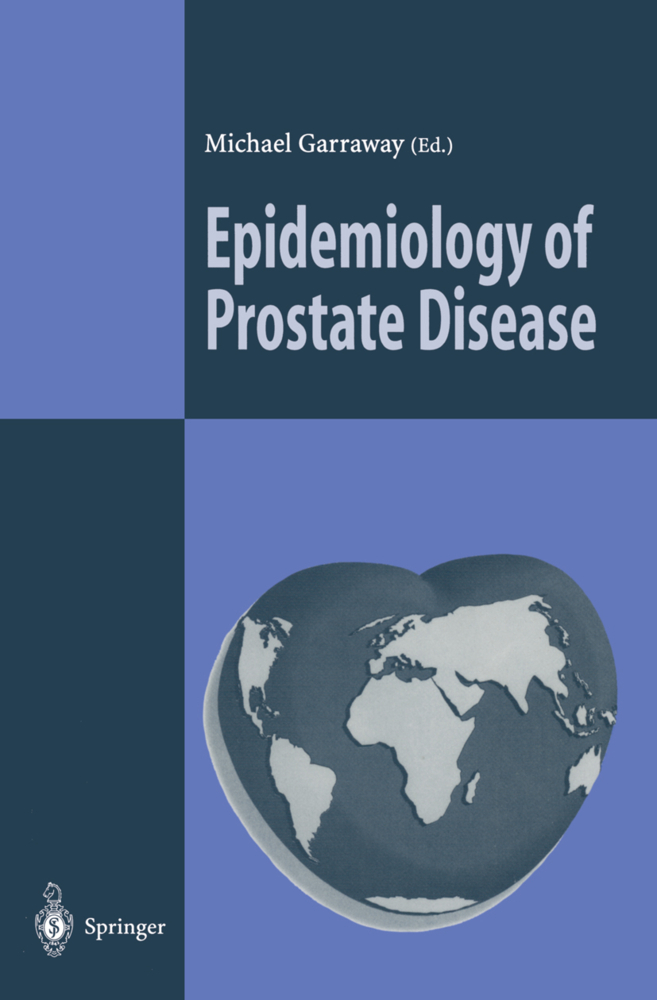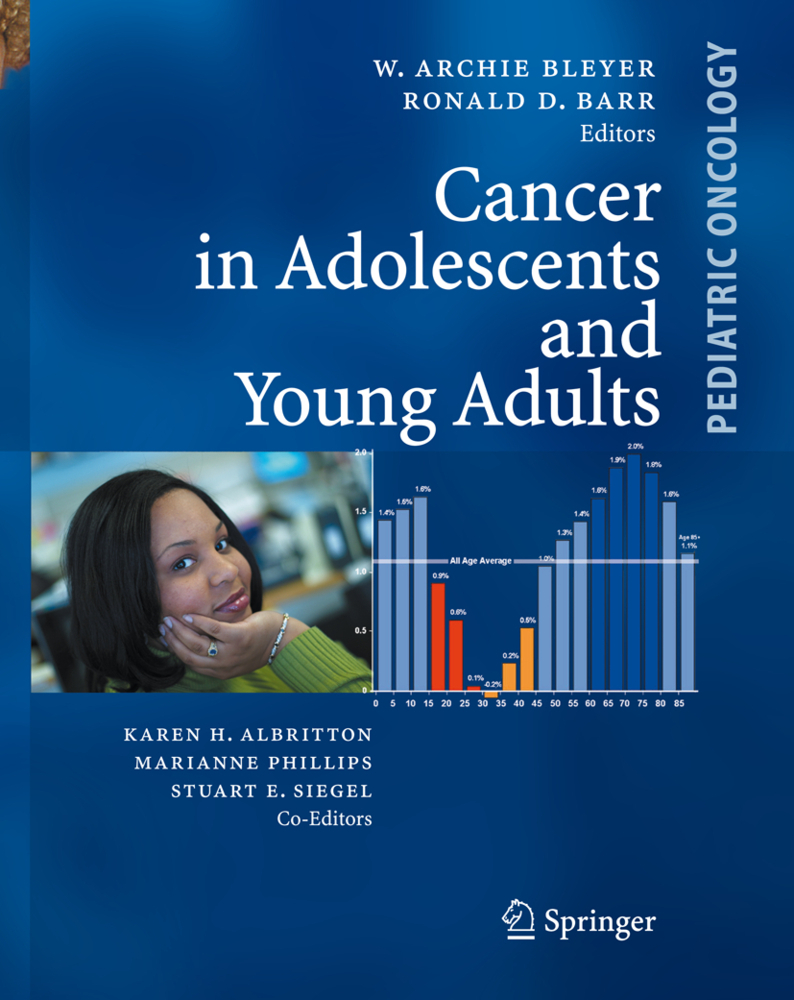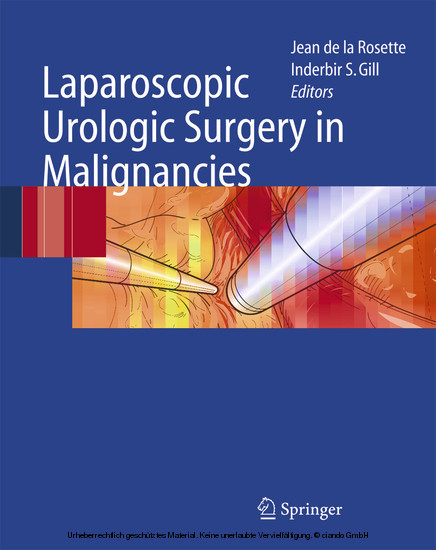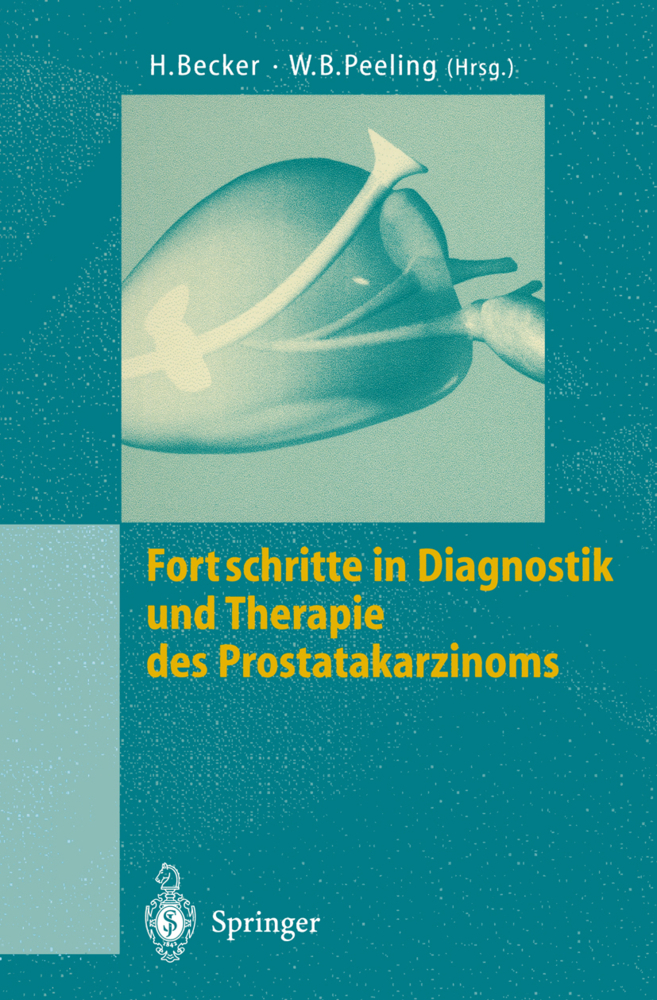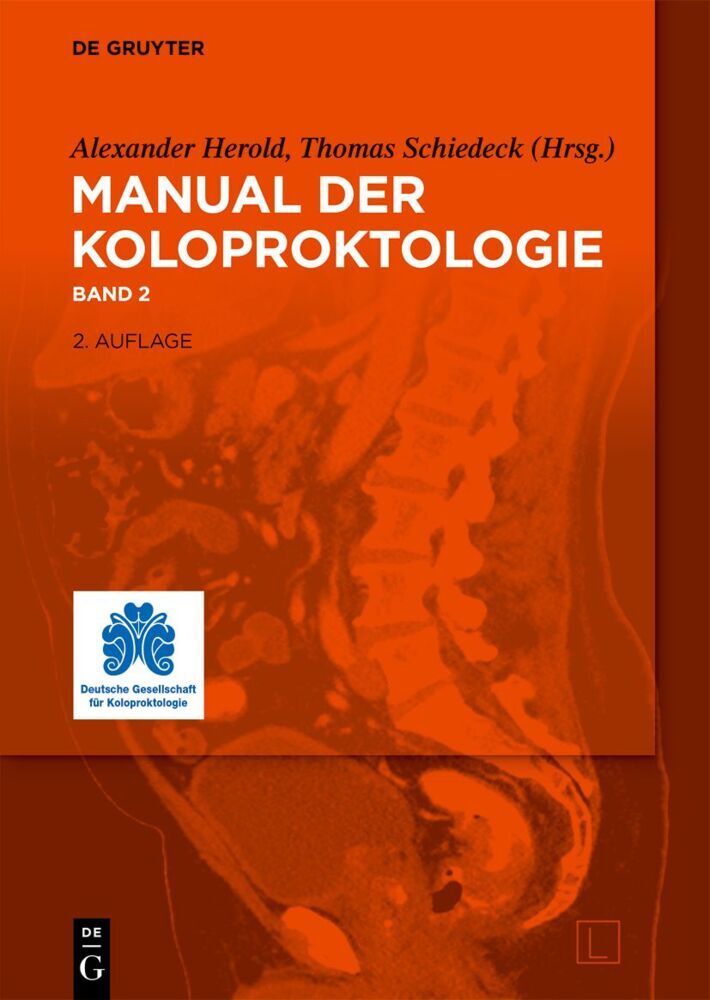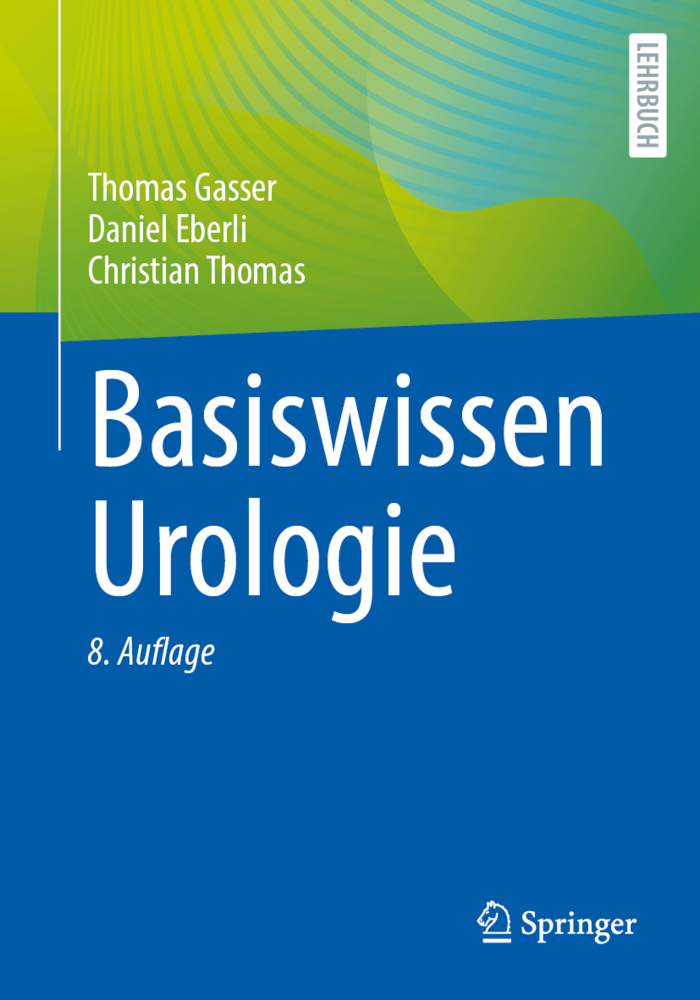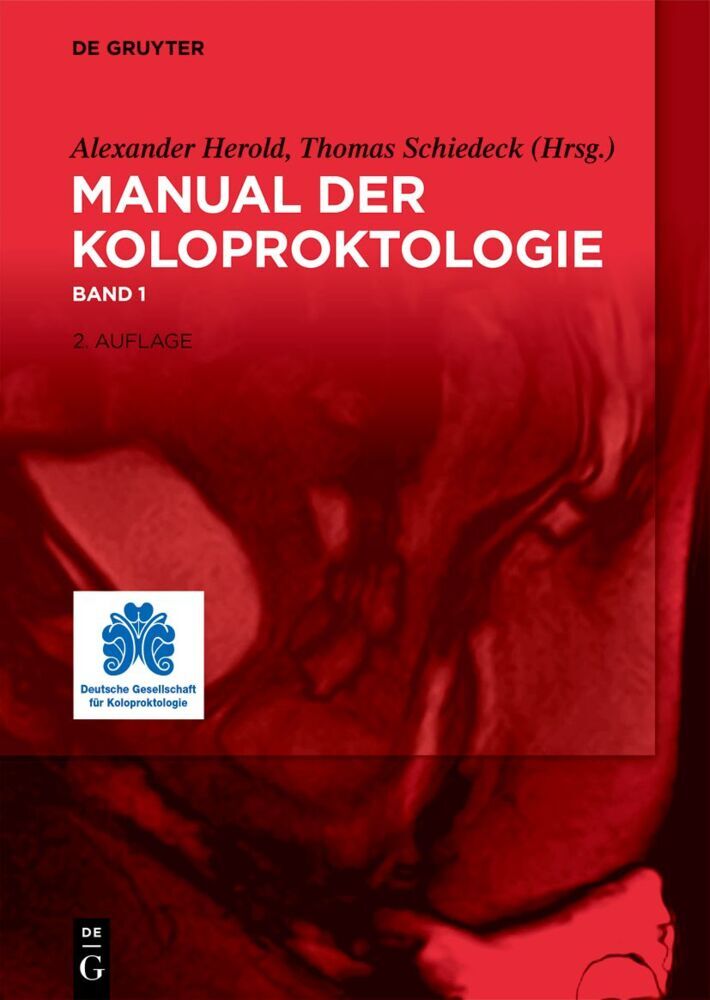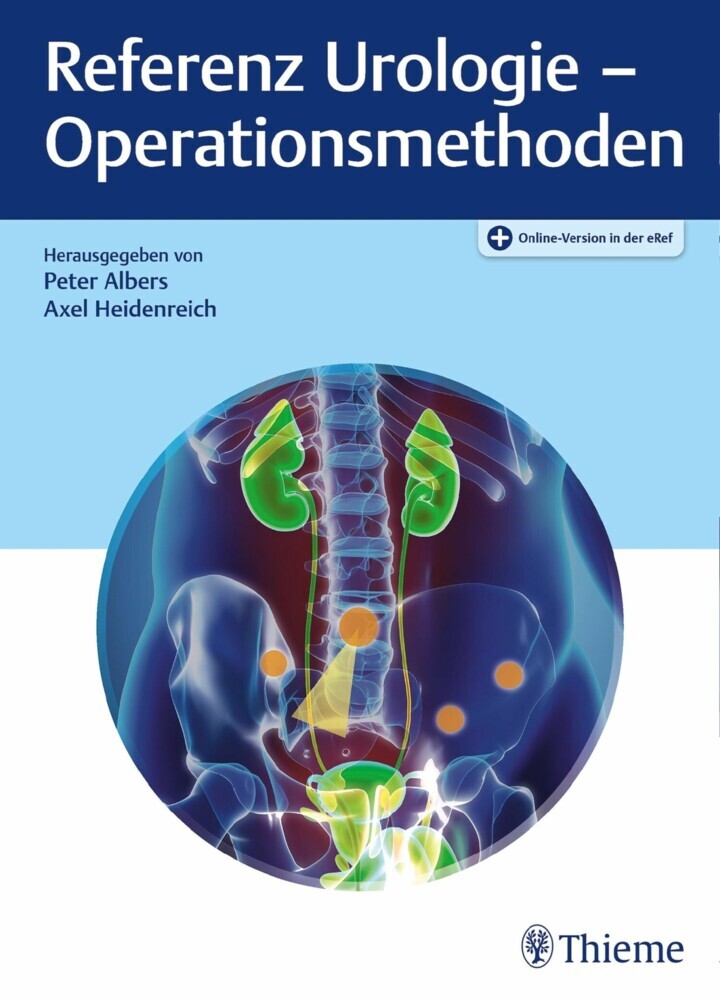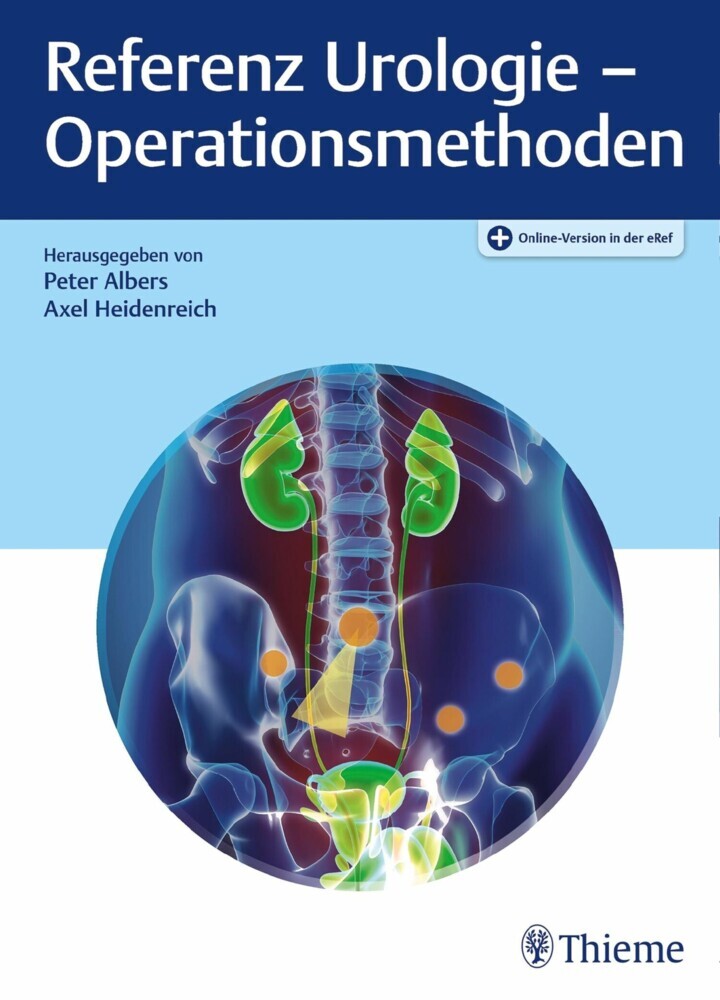Epidemiology of Prostate Disease
Epidemiology of Prostate Disease
Most physicians spend their time working and thinking about the diagnosis and treatment of diseases which occur in their individ ual patients. So it is not surprising that the main subject at urological meetings over the past decade has been the diagnosis and treatment of prostate disease. This situation is likely to continue into the next millennium. Controversy as to the best methods of treating prostate disease is intense as proposals are put forward to rethink apparently firmly established methods of diagnosis and treatment and replace them with new procedures. Important contributions to this debate are now being made by the increasing number of epidemiologists who have taken an interest in prostate disease in recent years. As a practising urologist, I seldom get the opportunity to look beyond the clinical picture of disease, so it was particularly enjoyable for me to participate in an International Symposium on the Epidemiology of Prostate Disease, which was held in the Royal College of Surgeons, Edinburgh, in April 1994. This book, Epidemiology of Prostate Disease is a synthesis of the various contributions made by the international experts who participated in the symposium. As the pace of clinical and laboratory research into the best means of managing and treating prostate disease gathers speed, it will serve us well in the future to stand back for a moment and look, through the medium of epidemiological investigations, at the burden of prostate disease in communities.
2 Hormonal Influences on the Prostate Gland
3 Use of Health Care Resources in Prostate Disease
Epidemiological Measurements in Prostate Disease
4 Symptom Questionnaires in Epidemiological Studies of Prostate Disease
5 Uroflowmetry in Epidemiological Studies of Prostate Disease: Some Critical Considerations
6 The Role of Transrectal Ultrasound in Epidemiological Studies of Benign Prostatic Hyperplasia
7 Prostate-Specific Antigen and Detecting Early Prostate Cancer: The Importance of Race and Patient Age
Inflammatory Disease of the Prostate
8 Inflammatory Disease of the Prostate: Frequency and Pathogenesis
9 The Natural History and Treatment of Prostatitis
Benign Prostatic Hyperplasia
10 Aetiological Factors in Benign Prostatic Hyperplasia
11 The Prevalence of Benign Prostatic Hyperplasia in Population Surveys
12 Natural History of Untreated Benign Prostatic Hyperplasia
13 Surgical Treatment of Benign Prostatic Hyperplasia: Emergence of Alternatives
14 Impact of Prostatectomy on the Natural History of Benign Prostatic Hyperplasia
15 Impact of Medical Intervention on the Natural History of Benign Prostatic Hyperplasia
16 Impact of New Technologies on the Natural History of Benign Prostatic Hyperplasia
Cancer of the Prostate
17 Epidemiological Importance of the Genetic Evolution and Pathogenesis of Prostate Cancer
18 The Rise in Prostate Cancer: Myth or Reality?
19 Aetiology of Prostate Cancer
20 Prognosis and Survival in Prostate Cancer
21 Natural History in Untreated Prostate Cancer
22 Impact of Therapy on Adenocarcinoma of the Prostate
23 Screening for Prostate Cancer: Background
24 Screening for Prostate Cancer:Practical Aspects
25 Management of Prostate Disease: The Future.
Nature and Resource Implications of Prostate Disease
1 Anatomy and Pathophysiology of the Prostate Gland2 Hormonal Influences on the Prostate Gland
3 Use of Health Care Resources in Prostate Disease
Epidemiological Measurements in Prostate Disease
4 Symptom Questionnaires in Epidemiological Studies of Prostate Disease
5 Uroflowmetry in Epidemiological Studies of Prostate Disease: Some Critical Considerations
6 The Role of Transrectal Ultrasound in Epidemiological Studies of Benign Prostatic Hyperplasia
7 Prostate-Specific Antigen and Detecting Early Prostate Cancer: The Importance of Race and Patient Age
Inflammatory Disease of the Prostate
8 Inflammatory Disease of the Prostate: Frequency and Pathogenesis
9 The Natural History and Treatment of Prostatitis
Benign Prostatic Hyperplasia
10 Aetiological Factors in Benign Prostatic Hyperplasia
11 The Prevalence of Benign Prostatic Hyperplasia in Population Surveys
12 Natural History of Untreated Benign Prostatic Hyperplasia
13 Surgical Treatment of Benign Prostatic Hyperplasia: Emergence of Alternatives
14 Impact of Prostatectomy on the Natural History of Benign Prostatic Hyperplasia
15 Impact of Medical Intervention on the Natural History of Benign Prostatic Hyperplasia
16 Impact of New Technologies on the Natural History of Benign Prostatic Hyperplasia
Cancer of the Prostate
17 Epidemiological Importance of the Genetic Evolution and Pathogenesis of Prostate Cancer
18 The Rise in Prostate Cancer: Myth or Reality?
19 Aetiology of Prostate Cancer
20 Prognosis and Survival in Prostate Cancer
21 Natural History in Untreated Prostate Cancer
22 Impact of Therapy on Adenocarcinoma of the Prostate
23 Screening for Prostate Cancer: Background
24 Screening for Prostate Cancer:Practical Aspects
25 Management of Prostate Disease: The Future.
| ISBN | 978-3-642-78828-4 |
|---|---|
| Artikelnummer | 9783642788284 |
| Medientyp | Buch |
| Auflage | Softcover reprint of the original 1st ed. 1995 |
| Copyrightjahr | 2011 |
| Verlag | Springer, Berlin |
| Umfang | XV, 278 Seiten |
| Abbildungen | XV, 278 p. |
| Sprache | Englisch |

